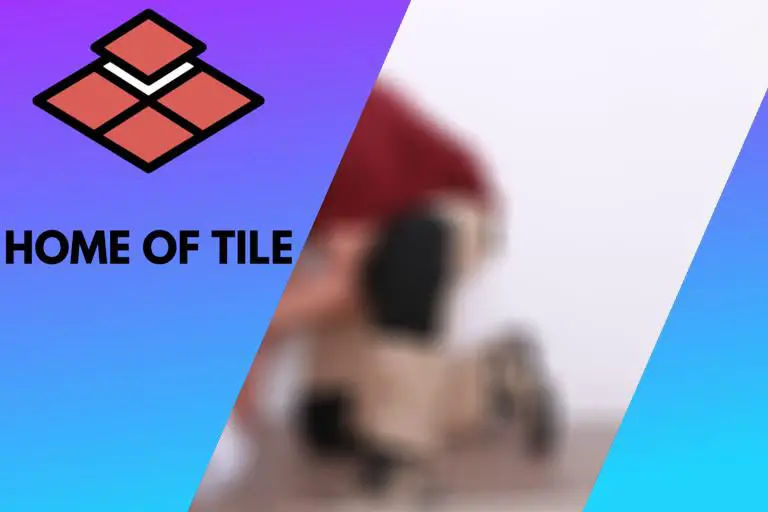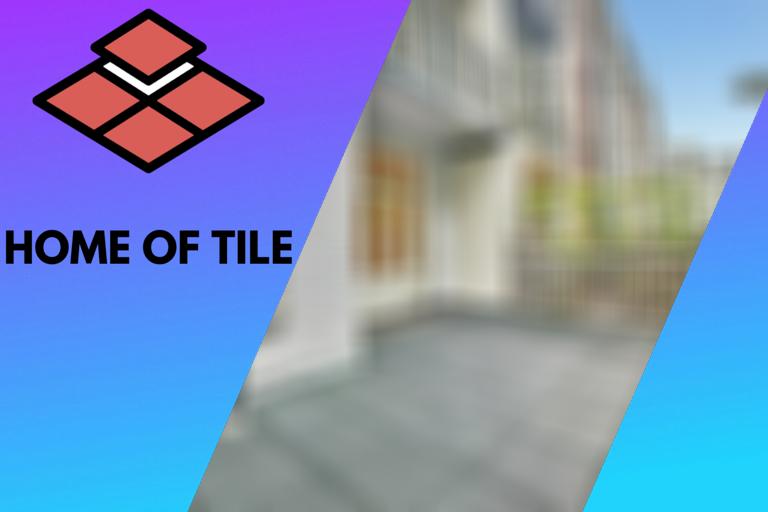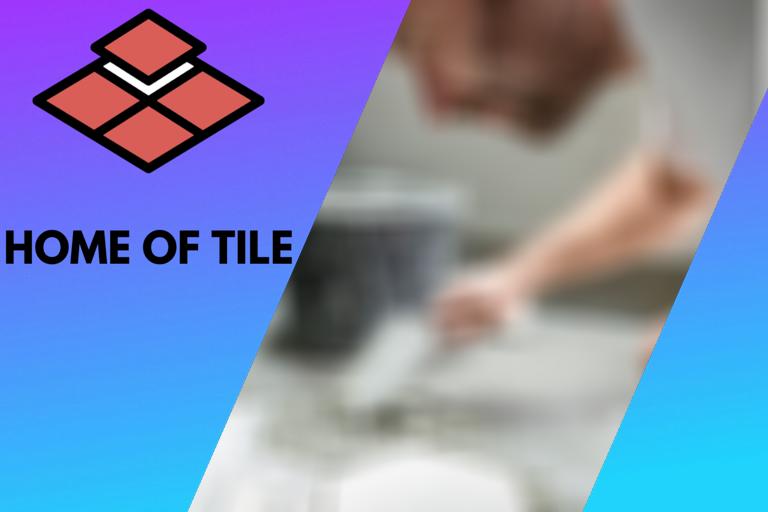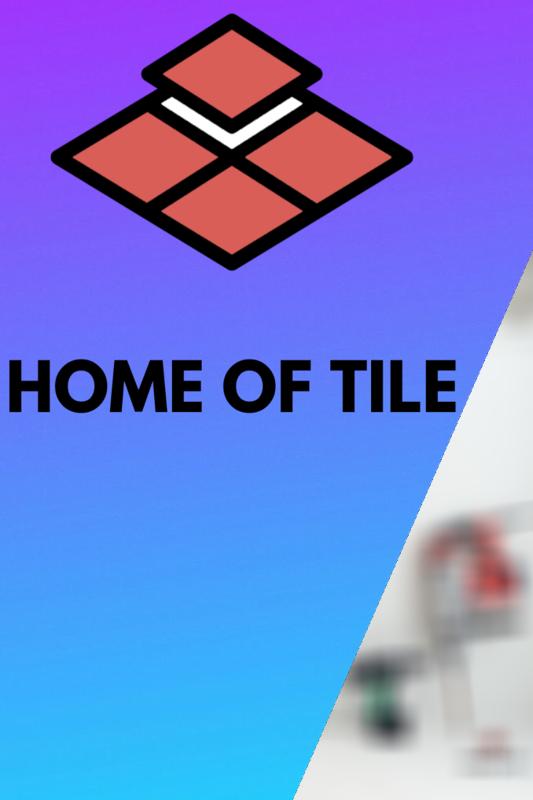Tiling on Chipboard, Kerdi, or Wedi: 9 Things You Should Know
Kerdi and Wedi are mainly used for tiling in wet conditions because they protect against moisture and humidity. They are the perfect materials for ceramic tiles because the tiles can be installed directly on the surface without sealing the joints. On the other hand, chipboards are not waterproof, and when exposed to moisture, they expand and contract; thus, causing a shift in the tiles’ position.
Through this article, you will learn how to tile properly on Kerdi and Wedi surfaces. You will also learn about tiling on chipboard floors and what necessary measures you must take before placing tiles over these surfaces.
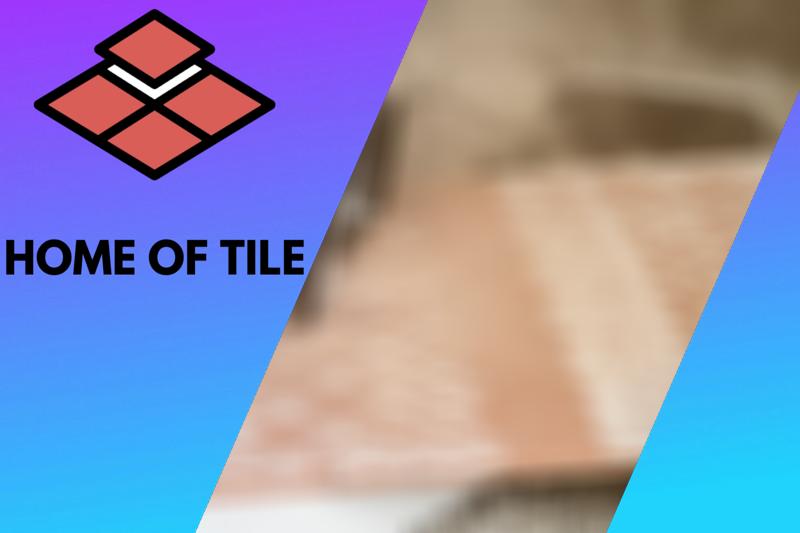
Contents
- 1 Tiling Over Kerdi Board, some helpful tips:
- 2 Tiling Over Wedi Board, some helpful tips:
- 3 How Long Should Kerdi Dry Before Tiling?
- 4 Tiling on Chipboard Floor, some helpful tips:
- 5 Tiling on a Chipboard Subfloor, some helpful tips:
- 6 Tiling on Chipboard Wall, some helpful tips:
- 7 Tiling Over Floor Grade Chipboard, some helpful tips:
Tiling Over Kerdi Board, some helpful tips:
In general, flatten the surface using a planer and repair any cracks and holes. Cut the Kerdi board according to the size of the surface and install it by screwing it down. Mix the thin-set, spread it over the Kerdi board, and fix the tiles in place.
Kerdi board is a rigid waterproof board that is ideal for installing ceramic and porcelain tiles. Compared to a cement board, the Kerdi board works much better as a tile substrate.
● Step 1: Flatten the surface and repair cracks and holes
Before tiling, make sure that the wall is completely flat. Otherwise, the tiles will be uneven. For this purpose, lay the straight board against the Kerdi surface and look for the uneven spots. Mark all the horizontal and vertical spots on the surface and try to flatten them out. Using a planer, you can easily remove these high spots until the surface is perfectly flattened.
If the surface you are planning to tile is rough or has some cracks, you must first repair those cracks. Fill the gaps and cracks using a compound filler or a thin-set mortar. Then level the surface with the flat edge of a trowel and let it dry.
● Step 2: Install the Kerdi board
Now it’s time to install the Kerdi board on the surface for tiling. Firstly, cut the Kerdi board according to the requirements and if there’s more than one piece, join the pieces together using the thin-set. Now lay the Kerdi board on the surface using screws or stainless-steel washers, pushing the board into the surface. The main advantage of using a Kerdi board is that it acts as a waterproof barrier. Also, because of its rigidness, it provides a firm bond between the adhesive and tiles.
Kerdi boards are available in a variety of sizes, from 3/16″ to 2″ thick. Depending upon the size of your wall, you will most often be using ½” thick Kerdi boards. Before laying tiles on the Kerdi surface, establish a complete layout for your tiles to avoid any mistakes.
● Step 3: Start tiling
Carefully mix the thin-set according to the instructions. The thin-set usually takes 30 to 40 minutes to harden. At this point, it’s ready to use. Apply the thin-set on the back of the tile as well as to the targeted area and push the tile on the surface. Move the tile back and forth to ensure that it settles.
Repeat the same procedure and complete the whole row by tiling the remaining tiles. When placing the tiles, it’s important to maintain an equal distance between all the tiles. For this purpose, you can use plastic spacers between the tiles. Taping the tiles with the painter’s tape is also recommended until the thin-set settles the tiles.
● Step 4: Grouting
The thin-set usually takes 24 hours to dry, so avoid putting any pressure on the tiles during this time. After 24 hours, remove the plastic spacers and painter’s tape from the tiles. Now it’s time to use grout to fill the space between the tiles. Prepare the grout according to the manufacturer’s instructions if your grout isn’t premixed. After applying the grout between the tiles, wait for an hour to dry, then clean the front of the tiles with a damp sponge or mop.
Tiling Over Wedi Board, some helpful tips:
In general, start with fixing any holes and cracks in the surface using a compound filler and flatten it using a trowel. Cut the Wedi board using a utility knife or by any other mechanical means. Before laying the Wedi board, make sure that the surface is free of any dust or residue. Screw the board on the surface and apply tile adhesive all over the board and align it. Place the tiles on the surface and apply the Wedi adhesive to seal the joints. Now, tape the tile joints with Wedi tools self-adhesive reinforcement tape.
The Wedi board is perfect for ceramic tiles, as the tiles can directly be installed on the board without any further steps. The reason is that it acts as a waterproof barrier and doesn’t require any additional steps to prevent moisture and humidity damage.
How Long Should Kerdi Dry Before Tiling?
In general, for a flat surface with no bends and curves, tiles can be installed directly after installing the Kerdi board. In curved areas with holes and cracks on the surface and where the wall has a non-bearing partition, first repair these areas with a compound filler so that the tiles maintain a firm bond with the adhesive. In these cases, tiles can be installed on the Kerdi board once the bonding adhesive has sufficiently cured.
Under moisture and humid conditions, like washrooms, wait 24 hours after the Kerdi membrane installation to allow the membrane to settle and ensure the waterproof performance of the Kerdi board. Also, before tiling the Kerdi board, you can also perform a water test to make sure that the board will adequately act as a waterproof barrier.
Tiling on Chipboard Floor, some helpful tips:
In general, for tiling on a chipboard floor, install a concrete board on the chipboard using adhesive and then screw it down. To avoid any errors, find the center point of the floor and establish a complete layout before placing tiles to avoid any errors. Place the first tile at the center and move towards the sides completing the whole row. Use spacers between the tiles to maintain equal grout joints, wait for 24 hours, and then apply grout between the joints.
Installing tiles on the chipboard floor requires a little more effort, but it’s manageable if you have the right tools and are prepared.
● Step 1: Measure the size and purchase the chipboard
Firstly, measure the area of the floor you are planning to tile, measuring the length and width of the floor. Multiply the two numbers together. This will give you the area of the floor. Purchase some extra tiles and chipboard in case of mistakes or damage.
● Step 2: Add some concrete board on top of the chipboard
To tile over the chipboard, you need to install a concrete board on top of the chipboard. The reason is that installing tiles on the chipboard without laying a concrete board over it will eventually result in cracks in the chipboard. Using some thin-set, place the concrete board on the chipboard. This mortar will keep the concrete board secured to the chipboard and will also prevent it from moving. Screw the concrete board to the chipboard using a drill and screws to fix them further together.
● Step 3: Find the correct tiling start location
Now your floor is ready for tiling. Sometimes the floor you are planning to tile is not symmetrical, so it’s important first to mark the floor’s center. Then, measure the distance from the center to the side walls. You can also use one wall as a baseline and start tiling from there to maintain the balance of the floor when the room isn’t square.
To find the center of the room, measure the height of one wall and divide it by 2. Draw a straight line on the floor from the wall using this measurement. Similarly, measure the height of the front wall and divide it in half. Draw a straight line on the floor from the wall again, using this measurement. Repeat the same procedure for the other 2 walls, and this will give you the center point.
● Step 4: Start tiling
Begin by laying tiles on the floor from the center towards the wall. This will ensure a centered look to your floor. Now mix the thin-set according to the instruction and apply it on the concrete board using a trowel. Level the thin-set using the flat side of the trowel and put some thin-set on the back of the tile as well. Place the first tile on the floor and put spacers at the corners to maintain an equal distance between the tiles. Keep laying tiles in this manner and complete the whole row. Cut the tiles using a tile cutter where necessary to fit spaces at the edge of the floor.
● Step 5: Add the grout
Wait 24 hours until the adhesive dries and avoid putting any pressure on the tiles during this time. Remove the spacers and apply grout between the joints to fill the gaps. Wait until the grout is dry, and then your floor is ready to walk on.
Tiling on a Chipboard Subfloor, some helpful tips:
In general, tiles can be placed directly on the chipboard subfloor. But it is advised to use two layers of chipboard sheets. Screw down the upper side of the chipboard 8 inches from the edges and 6 inches from the center. It’s recommended to use a thin-set with a higher latex content. Mix the unmodified thin-set with the latex and then spread it on the chipboard.
One way to provide waterproofing to your surface is through an uncoupling membrane. It releases the mortar and chipboard pressure and allows each surface to move independently during expansion or contraction. This prevents the tiles from cracking. Next, lay the tiles on the chipboard surface, ensure that all the tiles are level and the tile joints are aligned.
Tiling on Chipboard Wall, some helpful tips:
In general, a chipboard wall is not suitable for tiling. The reason is that chipboards consist of some minerals that are sensitive to temperature changes. When exposed to temperature, the adhesive loses its grip, and the chipboard undergoes continuous change in dimensions, damaging the tiles and the grout. Chipboard is also more sensitive to moisture than plywood, and it expands very quickly when exposed to water. Under these conditions, it will lose its structural integrity, and it doesn’t return to its original shape when it dries.
Tiling Over Floor Grade Chipboard, some helpful tips:
In general, for tiling over floor grade chipboard, screw down the board using corrosion-resistant screws. Prime the chipboard with Ardex P51 primer and wait until it dries. Now, you can lay tiles on the chipboard with Ardex-flex 7001 or BAL fast flex adhesive to maintain a firm bond between the tiles and surface.
Chipboard is not a very stable material to tile on. Experts recommend overlaying it with plywood or another suitable material. Because chipboards are not stiff material, they can move and deflect under certain conditions. In this case, the tiles will slowly lose its structural integrity. Also, a chipboard is a timber-based substrate, and when exposed to moisture, it expands, causing the tiles to shift on the surface. Because of the difference in the movement rates of the chipboard and tiles, it can cause serious damage to your work.

